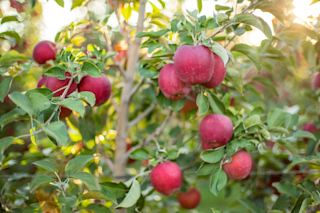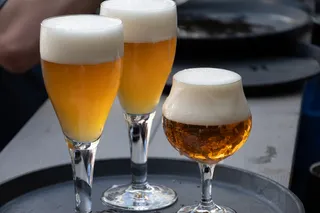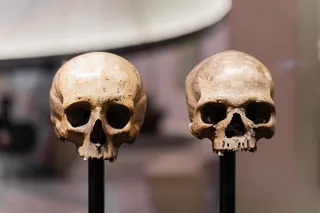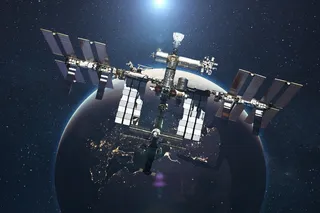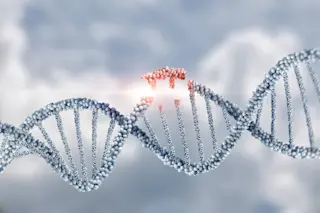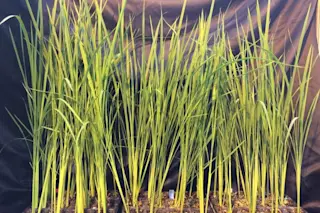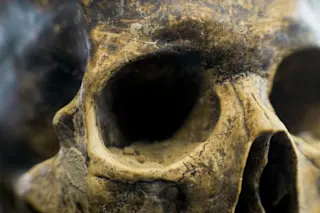While there are already many apple varieties to tempt someone with, the Cosmic Crisp recently emerged as a truly irresistible example. A crossbreed of the Enterprise and Honeycrisp, the apple’s delicious texture and flavor is the result of 20 years of patient horticultural work.
In the state of Washington, where about 60 percent of the country’s apple supply is grown, researchers at Washington State University’s tree fruit breeding program worked to develop Cosmic Crisp for growers’ bank accounts and consumers’ taste buds.
“When you eat it, it’s not super tart, but the tartness and acidity kind of balance out the sweetness,” says Kate Evans, a WSU professor and pome fruit breeder based out of the university’s Wenatchee research and extension center.
So long as she and other breeders continue working on the sustainable production of higher quality apples, it’s safe to say other apple varieties will be popping up at ...



